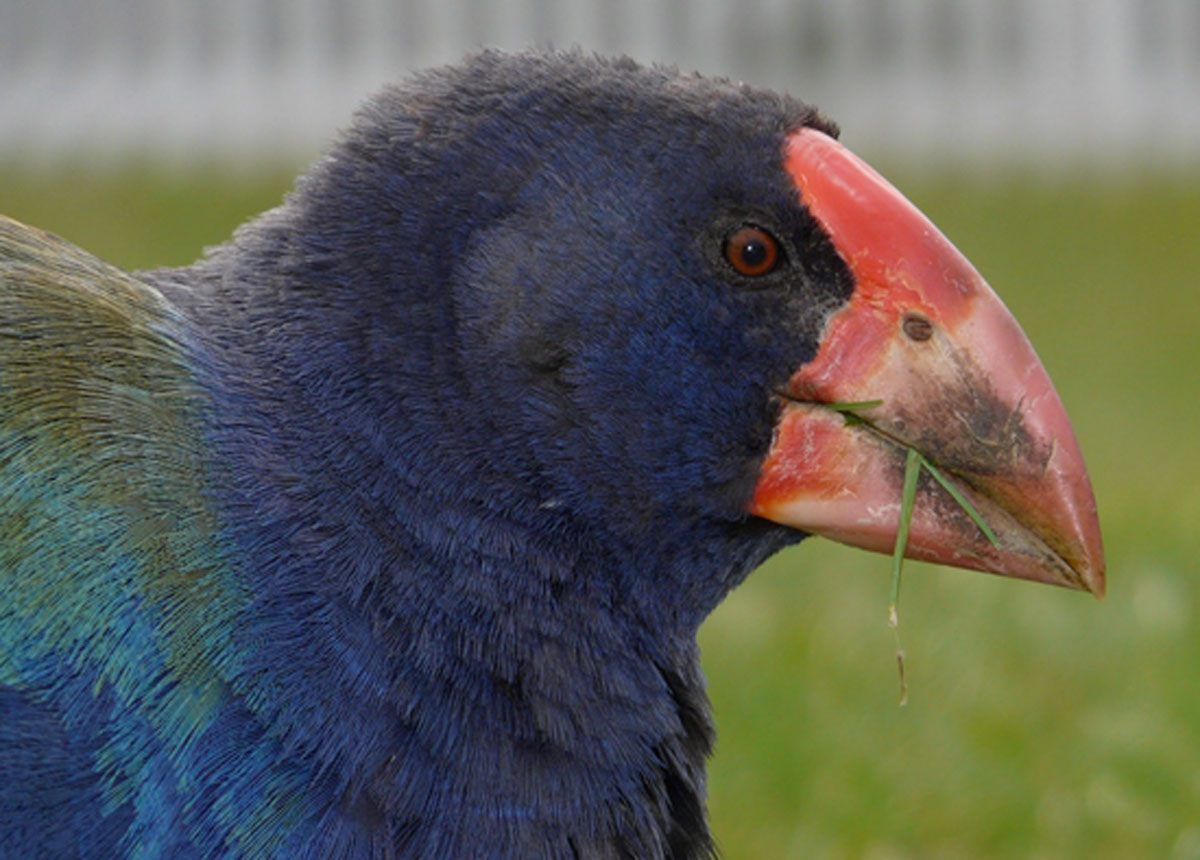
Human colonization caused the extinction of more than 1,000 bird species thousands of years ago on the Pacific Islands, scientists now say.
Among the lost species were large waterfowl from Hawaii known as moa-nalos and a massive game bird from New Caledonian called the Sylviornis, which weighed about 66 pounds (30 kilograms).
But flying birds were driven to extinction as well.
"If we take into account all the other islands in the tropical Pacific, as well as seabirds and songbirds, the total extinction toll is likely to have been around 1,300 bird species," said study co-author Tim Blackburn, director of the Zoological Society of London, in a statement.
Between 700 and 3,500 years ago, ancient seafarers colonized the remote islands scattered across the Pacific Ocean, hunting local birds and deforesting the islands. Once the first Pacific islanders arrived, bird species died out rapidly.
But because fossil records from the islands are incomplete, researchers couldn't be sure exactly how many bird species died out, with estimates ranging from 800 to more than 2,000 species.
Wipeout
Get the world’s most fascinating discoveries delivered straight to your inbox.
To get a better estimate of that toll, Blackburn and his colleagues analyzed 41 Pacific islands for fossils and historical accounts of flightless birds, like the dodo bird, which are likelier to be found in the fossil record.
They then created a mathematical model to estimate extinction rates on each of the islands.
The team found that at least 983 bird species died out after the Pacific islands were colonized, with songbirds, seabirds and others adding even more to the death toll.
Drier and smaller islands saw higher extinction rates, likely because they could easily be deforested, leaving birds no place to hide. Winged birds were 30 times likelier to survive the human expansion than were flightless birds. Bigger birds went extinct more often, as did unique species found only on the Pacific islands.
The study also suggests that European colonization in the Pacific caused a second wave of extinctions.
"This minimum estimate will increase with the addition of global extinctions of non-island endemics that were driven extinct on all of the islands they occupied," the researchers wrote in the article.
The findings were reported today (March 25) in the journal Proceedings of the National Academy of Sciences.
Follow Tia Ghose on Twitter @tiaghose. Follow LiveScience @livescience, Facebook & Google+. Original article on LiveScience.com

Tia is the editor-in-chief (premium) and was formerly managing editor and senior writer for Live Science. Her work has appeared in Scientific American, Wired.com, Science News and other outlets. She holds a master's degree in bioengineering from the University of Washington, a graduate certificate in science writing from UC Santa Cruz and a bachelor's degree in mechanical engineering from the University of Texas at Austin. Tia was part of a team at the Milwaukee Journal Sentinel that published the Empty Cradles series on preterm births, which won multiple awards, including the 2012 Casey Medal for Meritorious Journalism.
 Live Science Plus
Live Science Plus





